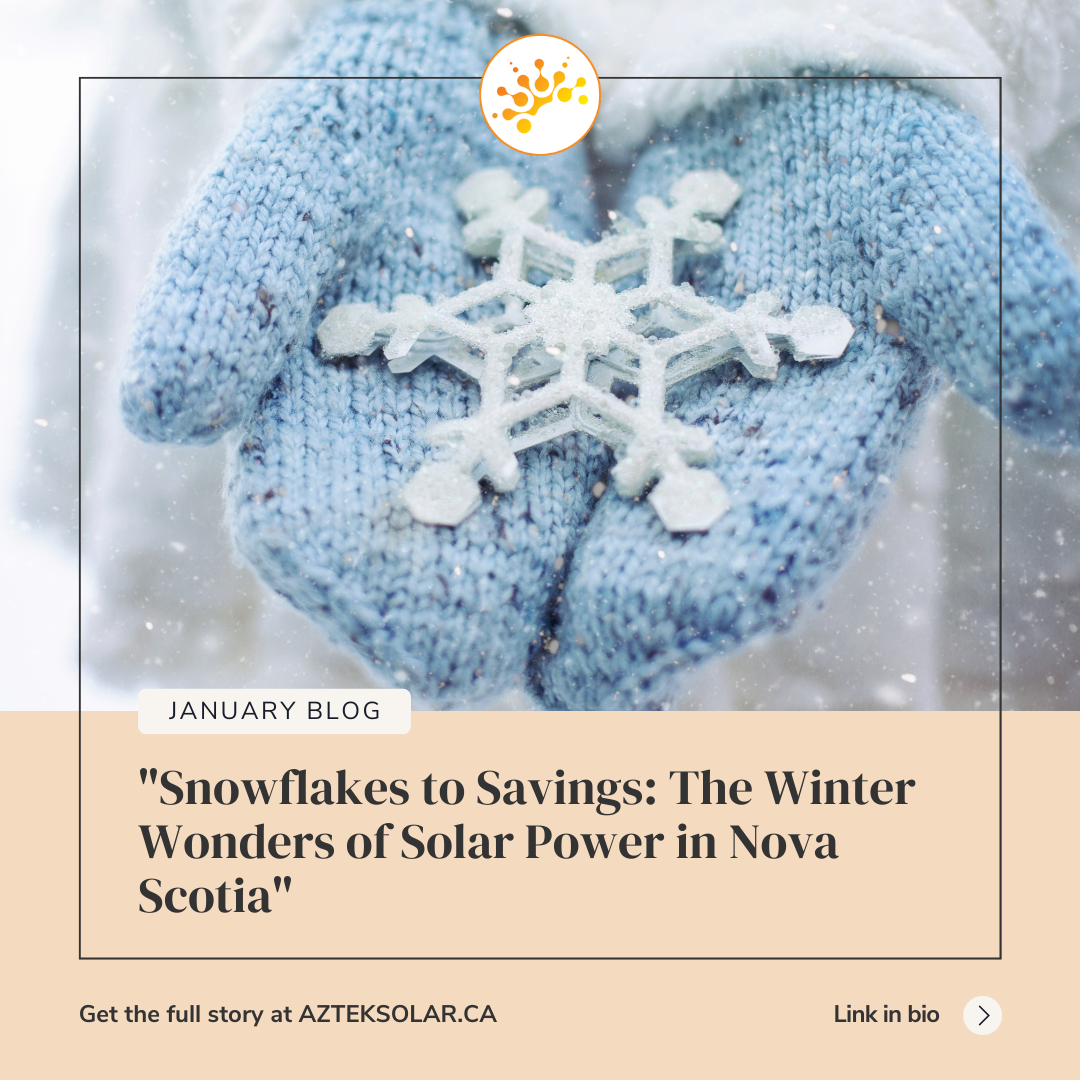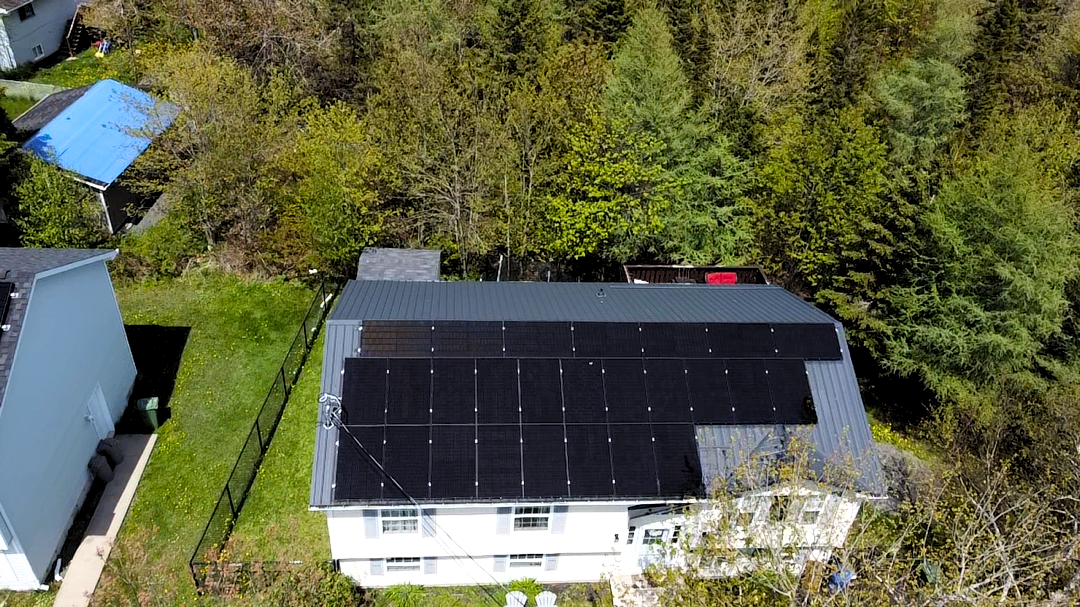Homeowners who install solar power systems receive numerous benefits, but these benefits typically come with significant installation and maintenance costs, and the magnitude of the gains can vary widely. This article will help homeowners understand the viability of solar power in their homes.
According to energyhub.org, the average price of solar power in Canada is $3.07/Watt. But that’s not the whole cost. You also have to consider the amount of sunlight your area gets, whether or not your province offers solar incentives, and the size of the equipment you would need.
It all boils down to two questions; How much energy you use vs how much solar energy you can harness.
Start by calculating how much energy you use over one year in units of kWh. All you do is look at your hydro bills for the past year (you can usually access these online), and add up your monthly kWh usage for 12 consecutive months. Your number will likely fall somewhere between 7,500 and 15,000kWh. Next, you will need to figure out how much energy solar panels can produce in your area. Energy output is totally dependent on how many hours of full sunlight your province gets.
The annual average of full sunlight hours for Nova Scotia is 1,090 hours.
Once you know how much energy you can reasonably expect to harness over a year, you can calculate the size of solar panel equipment you would need. To do this, simply divide your yearly energy use (in kWh) by your annual average of full sunlight hours (in hours). You can then multiply this number by the cost per watt quoted by solar companies to get your final price.
Also, in order to assess whether installing solar panels is worth the upfront cost of installation, you need to look at how long it will take to pay off the system.
If you can pay off the system with your energy savings in around 10-15 years, then it’s worth getting on board. Remember, solar panels last about 25 years and have almost no maintenance except for clearing off the snow.
The National Energy Board recently completed a study on the financial viability of typical solar power projects in over 20, 000 Canadian communities across every province and territory. The study estimated the amount and cost of electricity produced by solar panels and compared the costs to local electricity prices.
Findings show that installing solar panels only makes financial sense in areas where electricity rates are high. This means, that the break-even prices for solar panels are less than electricity prices in Saskatchewan (where electricity costs are among the highest in Canada), Prince Edward Island and most places in Ontario.
In these areas, most homeowners would save money by installing solar. Rebates in Nova Scotia bring down the installation cost of solar panels, making it a smart move in that province. The SolarHomes program helps Nova Scotians harness the sun’s energy by offering a rebate on approved solar panel & heating systems.
According to Efficiency Nova Scotia, Canada’s first energy efficiency utility, Solar Photovoltaic (PV) systems can help you reduce your energy bills on average $1,750 per year. That’s some savings!
Thanks for reading!
Brian McKay
(aka The Solar Guy)





